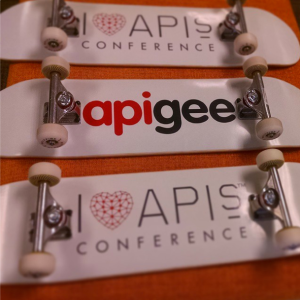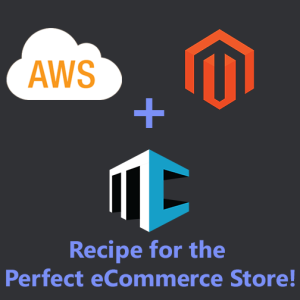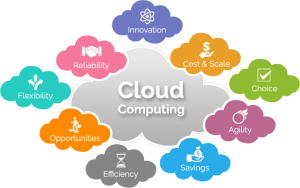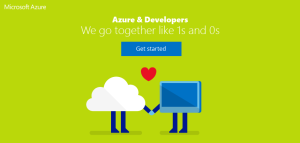 Google Cloud Platform business unit acquired Apigee, a provider of application programming interface. Apigee provides an API platform that can be used by companies to make their services available on multiple mobile devices. Apigee also provides its customers analytics to measure the activity coming from the apps. As an example, Walgreens uses Apigee to manage the Walgreens APIs that developers use to build apps for the Walgreens ecosystem.
Google Cloud Platform business unit acquired Apigee, a provider of application programming interface. Apigee provides an API platform that can be used by companies to make their services available on multiple mobile devices. Apigee also provides its customers analytics to measure the activity coming from the apps. As an example, Walgreens uses Apigee to manage the Walgreens APIs that developers use to build apps for the Walgreens ecosystem.
This enhances Google’s push into corporate computing as they look to take advantage of the evolving industry dynamics. Google’s head of cloud computing Diane Greene stated as follows






